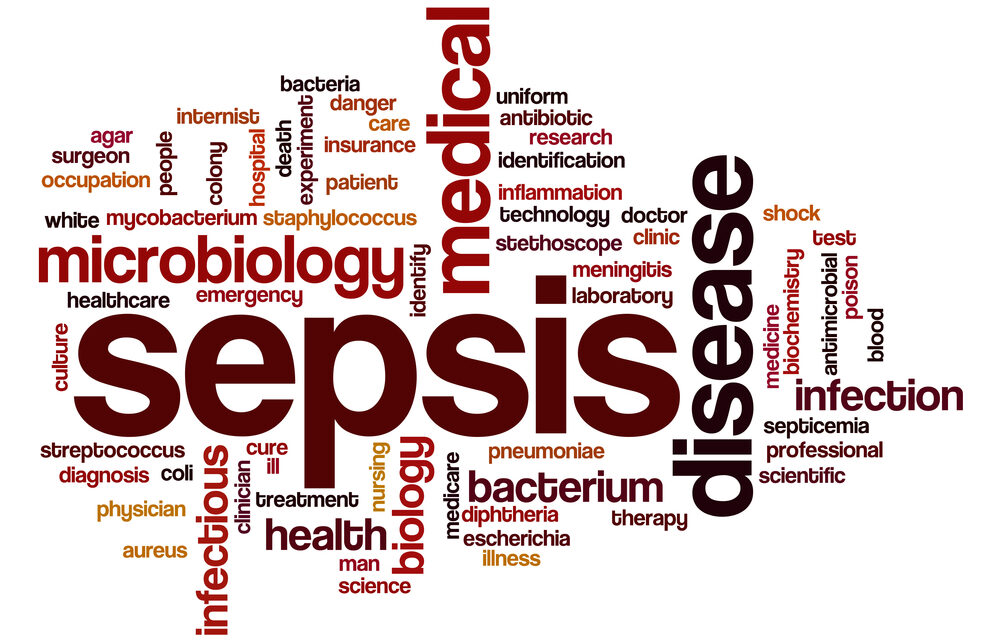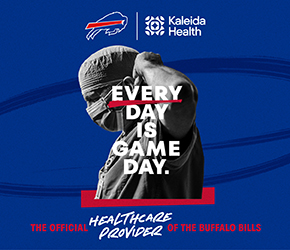Learn About Sepsis and Know the Signs

by Annette Pinder
I learned about sepsis when my mother-in-law contracted it while recovering from minimally invasive heart surgery. Although she survived the operation, she did not survive sepsis.
According to the Sepsis Alliance, sepsis is the body’s life-threatening, overactive, and toxic response to an infection that can cause tissue damage, organ failure, and death. It is a medical emergency that needs quick diagnosis and treatment to prevent severe sepsis and septic shock.
When our immune system functions properly, it can fight off common invaders that cause infections, such as bacteria, viruses, fungi, or parasites. Sometimes, healthy bodies need an extra boost to help combat an infection with antibiotics, antivirals, or antifungals. However, if our immune system stops fighting an invasive infection, it can turn on itself and lead to sepsis. Very young and very old people, those with chronic illnesses, and individuals with weakened immune systems are at a higher risk of contracting infections and developing sepsis. Remembering the acronym TIME helps recognize the symptoms of sepsis.
- Temperature. Having an abnormal temperature that is either higher or lower than 98.6°F.
- Infection. Having a local infection, such as a urinary tract infection, pneumonia, an infected cut, a fever with overwhelming fatigue or pain, recent surgery, a break in the skin, or exposure to someone who is ill.
- Mental decline, confusion, sleepiness, difficulty waking, and dementia-like symptoms are common signs of sepsis in older adults.
- Extreme Illness. Symptoms include intense pain, discomfort, shortness of breath, and feeling as bad as you’ve ever felt.
When sepsis goes unnoticed, it can progress to severe sepsis and organ failure. Signs include trouble breathing, little or no urine production, abnormal liver test results, and mental changes. Severe sepsis usually requires care in an intensive care unit (ICU). The most critical stage of sepsis is septic shock, which happens when a person’s blood pressure falls to dangerous levels.
The estimated annual cost to treat acute sepsis patients in the U.S. is around $62 billion. Sepsis is also the leading cause of hospital readmissions, costing $3.5 billion each year. Sadly, 30% of sepsis patients die, and up to 50% develop post-sepsis syndrome (PSS). PSS can cause problems like trouble sleeping, fatigue, breathing difficulties, muscle or joint pain, limb swelling, recurrent infections, poor appetite, organ issues, hair loss, skin rashes, and mental and emotional challenges. ICU patients and those hospitalized for extended periods are at a much higher risk of developing PSS.
Learn more about sepsis, which kills 350,000 adults each year in the United States, at www.sepsis.org.











